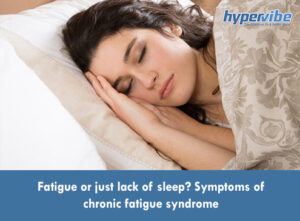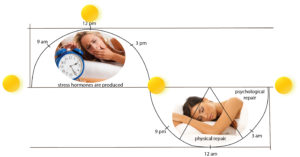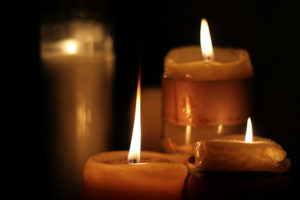4 Lesser-Known Sleep Disorders to Know

Not remembering what happened last night because you had too many drinks is one thing, but when you do silly things in your sleep without remembering anything in the morning, that’s when things get really scary.
Sleep disorders affect people of all ages, some of them occurring in the early teenhood, while others develop later in life; the symptoms may manifest for a couple of years and then go away for good or can prevail for a couple of days or weeks, then go away and come back after several months. In some cases, it’s very hard to predict when the symptoms will occur again, and this makes the world of sleep disorders even more fascinating.
Given below are some of the weirdest conditions that alter one’s sleeping pattern and quality of life. If you recognize the symptoms or know someone who may be suffering from these conditions, make sure to ask for help from a specialist.
Kleine-Levin Syndrome or the Sleeping Beauty Syndrome
When you’re really, really tired and need a good rest, you may end up sleeping for 12 hours or a bit longer, depending on how exhausted your brain and body were. But if you don’t wake up for 2 days in a row, it may be a sign that you suffer from the Sleeping Beauty Syndrome or KLS, the Klein-Levin Syndrome.
This strange condition appears in young people, is usually diagnosed around the age of 15, and being more common in males. People affected by this disorder fall asleep for no apparent reason and don’t wake up for days or even weeks, being almost impossible to interrupt their sleep. These bouts of extreme sleepiness can start at any moment, being separated by intervals of 6-12 months with normal sleep patterns.
24-hour sleep-wake disorder
People affected by this sleep disorder have an altered internal clock, which makes them fall asleep 4 hours later than they should. This happens because their circadian rhythm is not aligned with the 24 hour day, and their internal clock lasts for 28 hours. The problem is that these intervals sum up, and can severely affect one’s productivity, concentration, and overall health, as the sufferers no longer associate daytime with being awake and nighttime with sleeping.
Sleep paralysis
Sleep paralysis is a strange disorder that makes people wake up when they should be dreaming. When we go to bed, it takes about 90 minutes for the brain to reach the REM stage of sleep (Rapid Eye Movement), when dreaming occurs and the activity of muscles is shut down.
Given that the body enters a state of paralysis that prevents one from doing crazy things while sleeping, people who suffer from sleep paralysis will be unable to move or speak when they wake up in the middle of REM stage.
What’s even scarier is that when the subject wakes up, he is aware of the surroundings and realizes that he’s paralyzed and can’t perform any action, and this causes anxiety and fear. In addition, the subject may experience visual or auditory hallucinations and have the impression that someone’s there, ready to harm them. All these, while being unable to speak, scream or do anything to ask for help.
Hypersomnia
Just like some people affected by sleep disorders fall asleep in the middle of other action (Narcolepsy) and others sleep for weeks without a known reason (KLS), some sufferers stay awake for days or weeks, without being able to tell while they don’t feel tired.
Hypersomnia causes one to stay awake for several days in a row but it’s a rare disorder that only affects about 200 people in the whole world. Although the sufferers don’t feel tired, they do experience unpleasant symptoms that appear as a result of the altered sleep-rest cycle.
Among the consequences of the severe lack of rest are included the inability to focus, confusion and aggressive behavior, headaches that last for a day, flu-like symptoms that usually precede the hypersomnia episodes, as well as binge eating, odd behaviors and increased sweating.
As a result of the lack of sleep and excessive eating, patients with hypersomnia gain weight and have a puffy appearance, other symptoms of this strange sleep disorders including hypersexuality and hallucinations. These manifestations, which can be very hard to cope with, can appear up to 10 times per year, but the subjects can usually tell when the outbreaks will start, as the flu-like symptoms start manifesting before the hypersomnia episodes.
Want to add other strange sleep disorders to this list? Comment below or join our Facebook community and share your thoughts with us!















